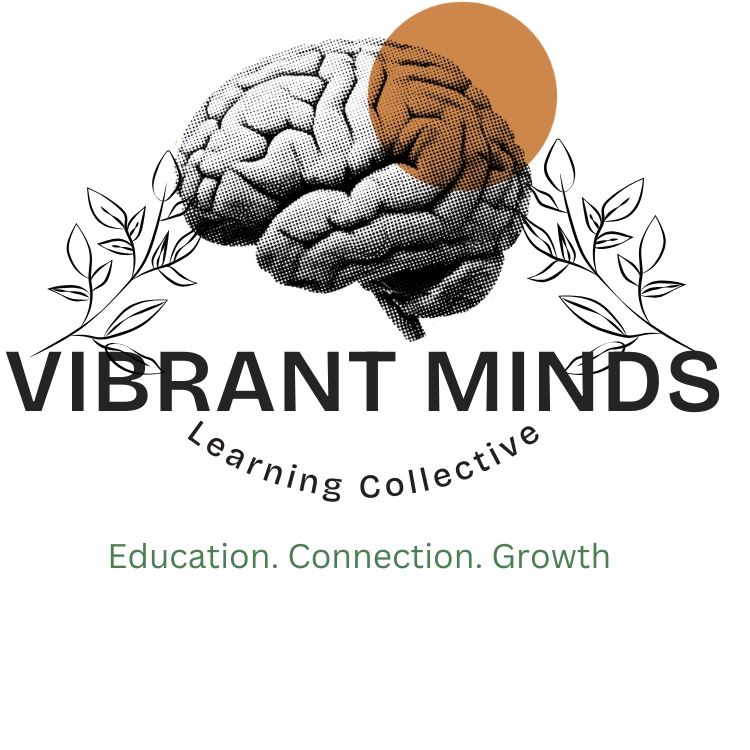The Benefits of Non-Traditional Learning Spaces for Teens
Introduction to Non-Traditional Learning Spaces
In recent years, the concept of education has evolved beyond the traditional classroom setting. Non-traditional learning spaces have emerged as innovative environments that can significantly enhance the educational experience for teens. These spaces are designed to foster creativity, collaboration, and critical thinking, providing students with opportunities to learn in more dynamic and engaging ways.

Fostering Creativity and Innovation
Non-traditional learning spaces often emphasize creativity and innovation. These environments are typically flexible and adaptable, allowing students to move, interact, and work in ways that suit their learning styles. This flexibility encourages students to think outside the box and develop new ideas, which can lead to breakthroughs in problem-solving and innovation. Such spaces often feature elements like movable furniture, writable walls, and access to technology that can inspire creative thinking.
Encouraging Collaboration and Communication
Another key benefit of non-traditional learning spaces is their ability to promote collaboration and communication among students. By breaking down the barriers of traditional classroom setups, these spaces encourage teens to work together, share ideas, and learn from each other. This collaborative approach not only enhances social skills but also prepares students for real-world situations where teamwork is essential.

Enhancing Engagement and Motivation
Non-traditional learning environments are often more engaging than conventional classrooms. By incorporating elements such as interactive displays, hands-on activities, and real-world applications, these spaces capture students' attention and stimulate their curiosity. This heightened engagement can lead to increased motivation and a deeper interest in learning, which ultimately contributes to better educational outcomes.
Catering to Different Learning Styles
Every student has a unique learning style, and non-traditional learning spaces are designed to accommodate this diversity. Whether a student learns best through visual aids, hands-on activities, or group discussions, these environments provide various options that cater to individual preferences. This personalized approach helps ensure that all students have the opportunity to succeed and thrive.

Utilizing Technology Effectively
The integration of technology is a hallmark of non-traditional learning spaces. By providing access to digital tools and resources, these spaces enable students to engage with content in innovative ways. Technology can facilitate collaborative projects, virtual simulations, and access to a wealth of information online, all of which enrich the learning experience and prepare teens for a tech-driven world.
Promoting Independence and Self-Directed Learning
Non-traditional learning environments often encourage independence and self-directed learning. Students are given more responsibility for their education, which helps build confidence and autonomy. This approach develops skills such as time management, self-discipline, and personal initiative, all of which are essential for success in higher education and beyond.
Conclusion
In conclusion, non-traditional learning spaces offer a myriad of benefits for teens by fostering creativity, enhancing engagement, promoting collaboration, and accommodating diverse learning styles. As education continues to evolve, these innovative environments will play a crucial role in preparing students for the challenges of the future. By embracing non-traditional learning spaces, educators can create more meaningful and impactful educational experiences for their students.
